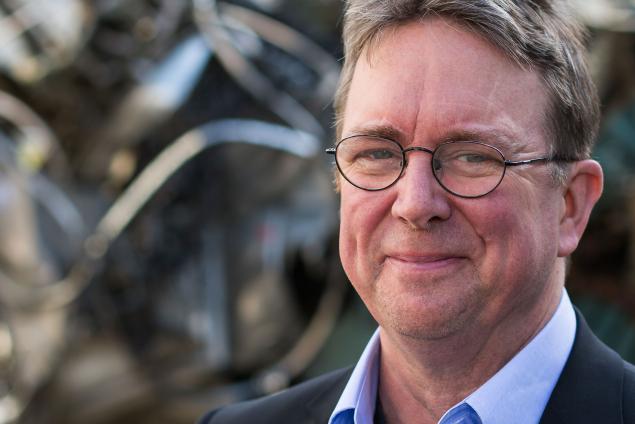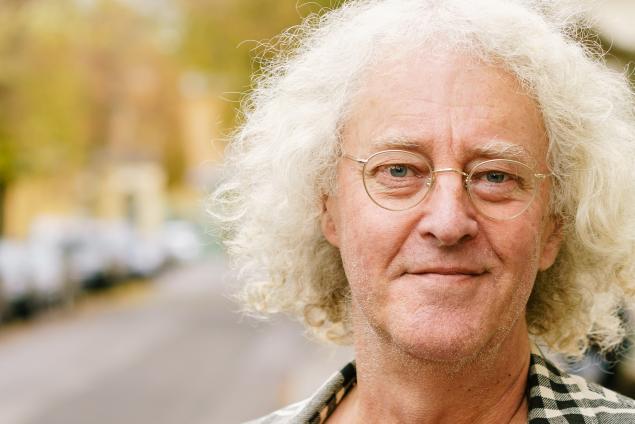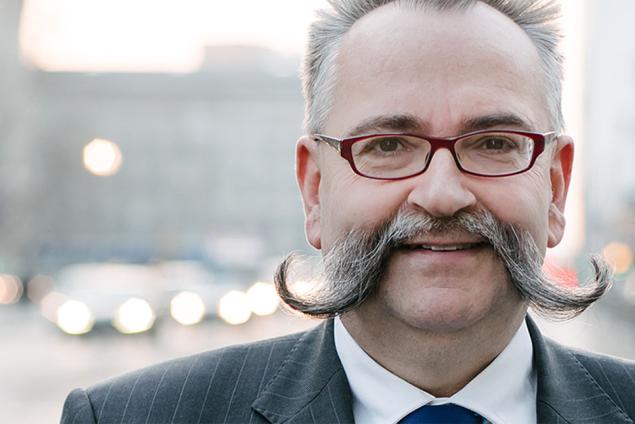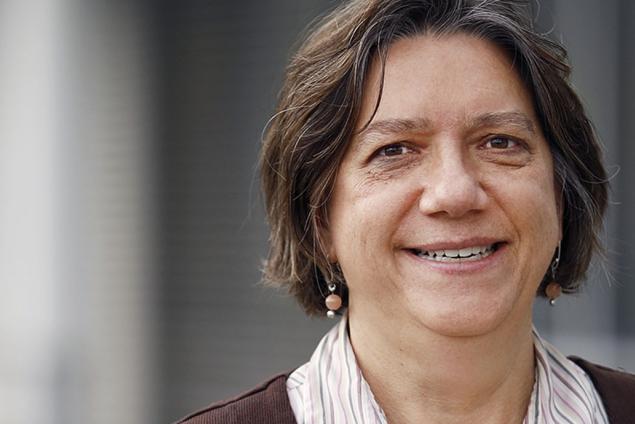Scroll to Section:
What happens in the marine nitrogen cycle? In this video, KATHARINA KITZINGER explains that nitrification as carried out by marine microorganisms involves two distinct processes, with ammonia oxidation resulting in nitrite which is then transformed to nitrate via nitrite oxidation. Using stable isotopes to assess the abundance and activity of the microorganisms that catalyze these two processes, Kitzinger observes that though they are much less common than ammonia oxidizing archaea (AOA), nitrite oxidation bacteria are much more efficient in translating energy from nitrite oxidation to biomass growth. With the research moving from shallow coastal waters to the open ocean, further insights are expected into the striking levels of microbial versatility that have been observed thus far.
DOI:
https://doi.org/10.21036/LTPUB10816
Institution
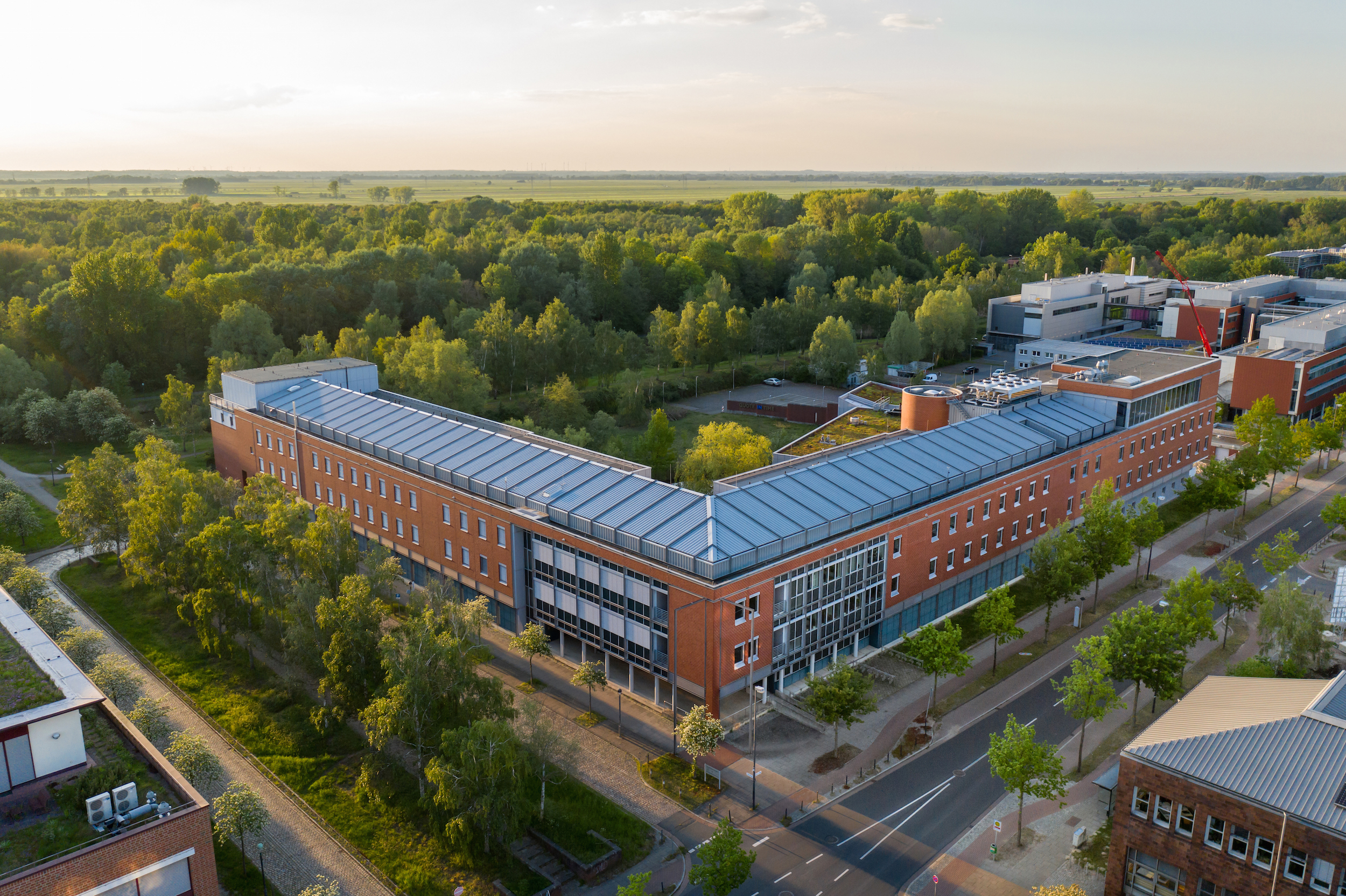
Max Planck Institute for Marine Microbiology
At the Max Planck Institute for Marine Microbiology (MPIMM), we are investigating microorganisms in the sea and other waters. What role do they play, what are their characteristics and how great is their biodiversity? What is the contribution of microorganisms to the global cycles of carbon, nitrogen, sulfur and iron? What does this mean for our environment and our climate? These and many other questions will be answered by researchers from around the world, engineers, technicians and numerous others at the MPIMM. Their fields of expertise range from microbiology to microsensors, geochemistry to genome analysis and molecular ecology to modelling.
The MPIMM was founded in 1992 and is part of the Max Planck Society (MPG). Since 2002, the MPIMM has been running the International Max Planck Research School of Marine Microbiology ( MarMic ), a program for highly qualified master students and graduates of our institute and the Bremen Research Alliance partner Bremen University, Alfred Wegener Institute Helmholtz Center for Polar and Marine Research ( AWI ) and Jacobs University.
Show more
Original publication
Cyanate and Urea are Substrates for Nitrification by Thaumarchaeota in the Marine Environment
Nature microbiology
Published in 2019
Single Cell Analyses Reveal Contrasting Life Strategies of the Two Main Nitrifiers in the Ocean
Nature communications
Published in 2020
Reading recommendations
Major Role of Nitrite-Oxidizing Bacteria in Dark Ocean Carbon Fixation
Science
Published in 2017
Cyanate as an Energy Source for Nitrifiers
Nature
Published in 2015
Beyond
A Ground-breaking Scientific Revolution
An Alarming Challenge for Society
If I Had a Second Life
A Personal Reading Recommendation
